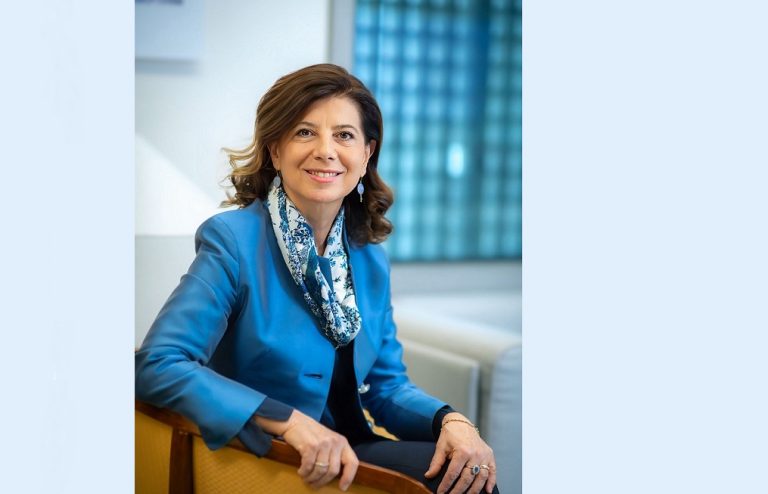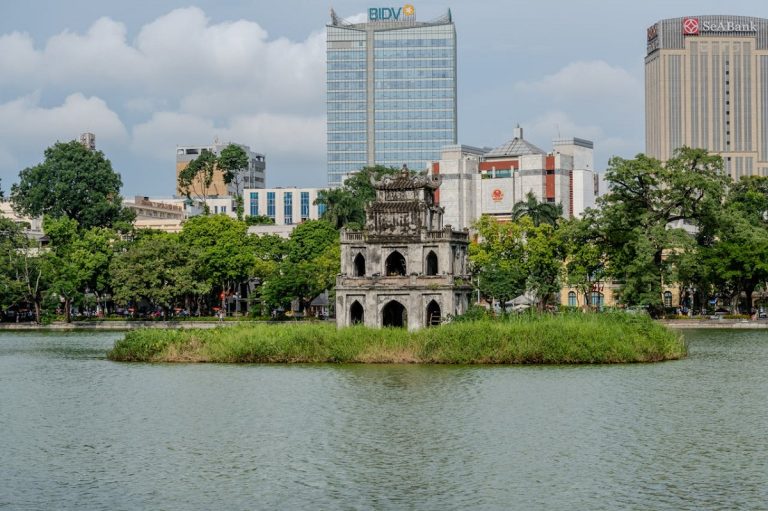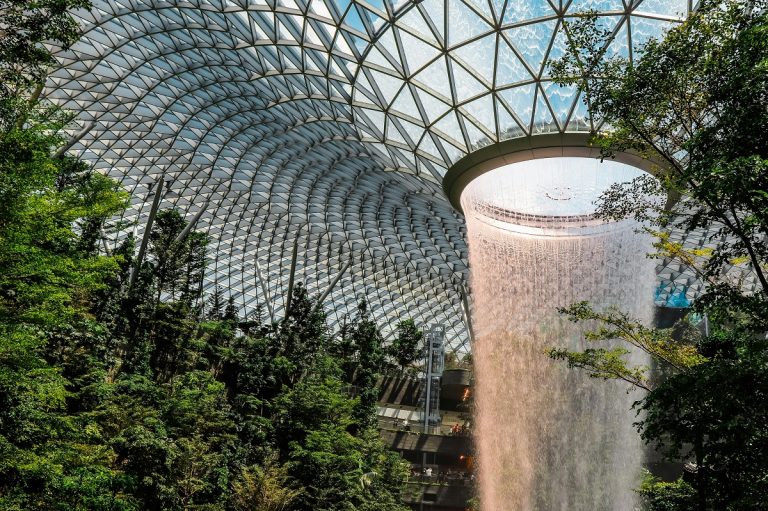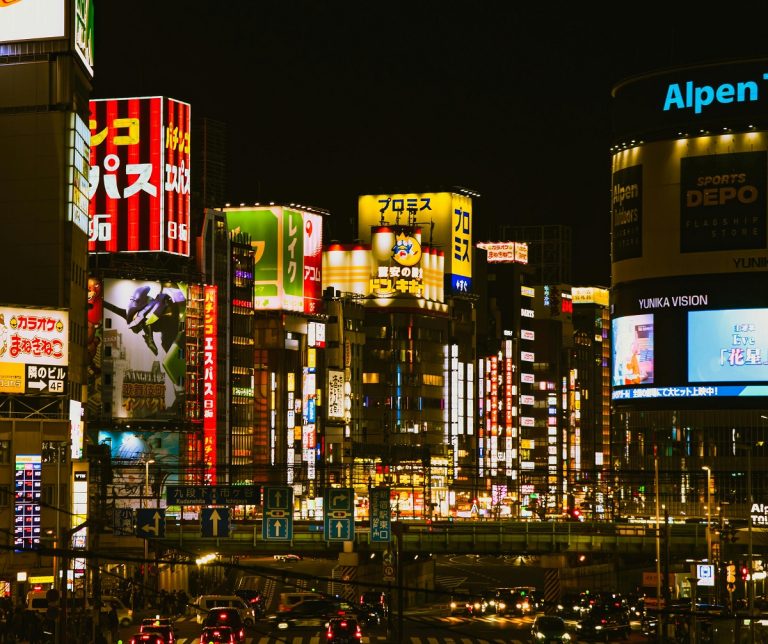Determined to establish itself as a key player in the global economy with a renewed image, Bangladesh hosted its first-ever Investment Summit this past May. The event drew the attention of 3,500 participants, including 400 foreign investors from 50 countries, and showcased the country’s commitment to ambitious reforms, with transparency and the fight against corruption as pillars of a new model of governance.
As the world’s eighth most populous nation, boasting a young, low-cost workforce of 114 million people and a strategic geographical location that provides maritime access for neighbouring Nepal, Bhutan and eastern India, Bangladesh aspires to become a manufacturing and logistics hub for the wider region. Significant domestic investments are already underway across strategic sectors. In the energy field, the Rooppur nuclear power plant and various renewable energy projects stand out. Meanwhile, in logistics, the new deep-sea port of Matarbari represents critical infrastructure to ease congestion at the overburdened Chittagong port and to boost the country’s port capacity.
Bangladesh has secured its position as the world’s second-largest garment exporter. However, the sector—which accounts for 84% of national exports—is now at a crossroads, especially in light of growing competition from Vietnam.
The May Summit, organised by the Bangladesh Investment Development Authority (BIDA), also spotlighted high-potential sectors that have so far remained largely untapped. These include healthcare services—given that the country’s burgeoning middle class of 35 million currently looks abroad for specialist treatments—food processing, renewable energy (offshore wind, biomass, solar), and vocational training. In its “Private Sector Diagnostic” report, the World Bank identified four specific areas where targeted policy reform could unlock substantial private investment: green garments, middle-class housing, the chemical sector (paints and dyes), and digital financial services.
To turn potential into tangible results, the Bangladeshi Government must now take focused action. Firstly, it needs to accelerate the streamlining of bureaucratic and customs procedures, building on the “Bangladesh Single Window” (BSW) initiative aimed at consolidating procedures across 19 government agencies into a single access point for investors. To maintain competitiveness, it is also vital to overcome obstacles such as the shortage of skilled labour and weaknesses in the logistics network, as well as to urgently diversify the country’s productive base to reinforce the domestic economic fabric.
Working towards sustainable growth
The Investment Summit also served as a platform for concrete initiatives aimed at shaping a greener, more innovative future for Bangladesh. During a dedicated panel on Renewable Energy, led by the Delegation of the European Union, a Memorandum of Understanding was signed between Swedish fast fashion giant H&M, Bangladeshi agro-industrial group PRAM, and the International Finance Corporation (IFC), the financial arm of the World Bank. The agreement establishes a Corporate Power Purchase Agreement to directly link the energy demand of textile factories producing for H&M with renewable energy generated by local agri-businesses. This pilot project paves the way for a new model of energy governance, based on the Merchant Power Plant (MPP) concept.
The Summit also gave space to innovation, showcasing 30 start-ups led by young entrepreneurs. Among them, GREENSECT stood out—a company founded by two Italians residing in Bangladesh, which uses larvae fed with food industry waste to produce a high-yield protein for animal feed, oil, and fertiliser. The initiative has successfully recycled 1,100 tonnes of organic waste, saving the emission of 465 tonnes of CO₂ and 300 tonnes of methane.










